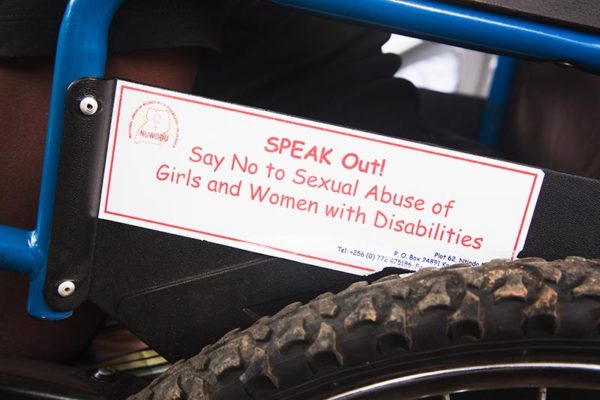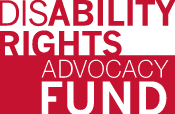Two young women with disabilities in Kampala, Uganda shared a story about their wish to find love against what they felt were the odds, “A woman with a disability is often taken advantage of by a ‘part-time man’ who violates you at night and leaves secretly in the morning.
She may feel that the man is filling a void and offers hope for the love she craves. The man, though, is ashamed to be seen with her or is married. If she gets pregnant, he often abandons her and the child.”
Violence is so wide-spread that it has become normalized for many women and girls with disabilities, their families, and communities. It has become a part of what a girl with a disability expects. Violence has crept so deeply into their lives through the systems of oppression that when it happens, it is often not reported because of threats by the perpetrators and the fear of being stigmatized by the community.
The Lira District Disabled Women Association (LIDDWA) in Uganda is a community-based organization that is working to end this violence. They’ve trained and mobilized their communities to advocate for inclusion of women and girls with disabilities in district education and health policies and in livelihood programs.

In 2018 with a small grant from the DRAF, they are tackling the adoption of inclusive district health policies. This would mean that women and girls with disabilities could access basic information and services on reproductive health because like everyone else, persons with disabilities have sexual and reproductive health needs throughout their lives and these changes over a lifetime.
The health needs of persons with disabilities have been overlooked by both the disability community and those working on sexual and reproductive health. For example, women with disabilities face accessibility barriers in obtaining basic information and accessing services; they may be denied the right to establish relationships, or forced into unwanted marriages; or refused health services by healthcare providers due to stigma. Forced or coerced contraception and sterilization of women with disabilities is practiced widely in many contexts, particularly against women with psychosocial or intellectual disabilities, especially those in psychiatric or other institutions or custody. (UN CRPD, Committee on the Rights of Persons with Disabilities, General comment No. 3 (2016) Article 6: Women and girls with disabilities)
Lisa Adams, former Program Director, said, “Support from donors is key for defying the oppressive shackles of sexism, ableism, and gender inequality. Yet, human rights funding has also been largely silent on the rights of women and girls with disabilities.”
To address the inequities, the Disability Rights Advocacy Fund and the Disability Rights Fund recently developed the Gender Guidelines to express our commitment to apply a gender lens to our work. The guidelines have a strong focus on listening and learning from women and girls with disabilities themselves about what they need, how they assess the situation, and what solutions can work.
Gender Guidelines Read More
The guidelines recognize that for women and girls with disabilities, rights infringements are compounded when disability, gender, and sexuality intersect. Myths, stigma, and discriminatory attitudes persist in many countries around these intersecting identities.
In the years to come, we aim to lift up the voices of women with disabilities, improve our current practices, and explore innovative ways to support the field.


